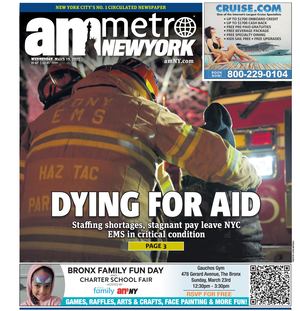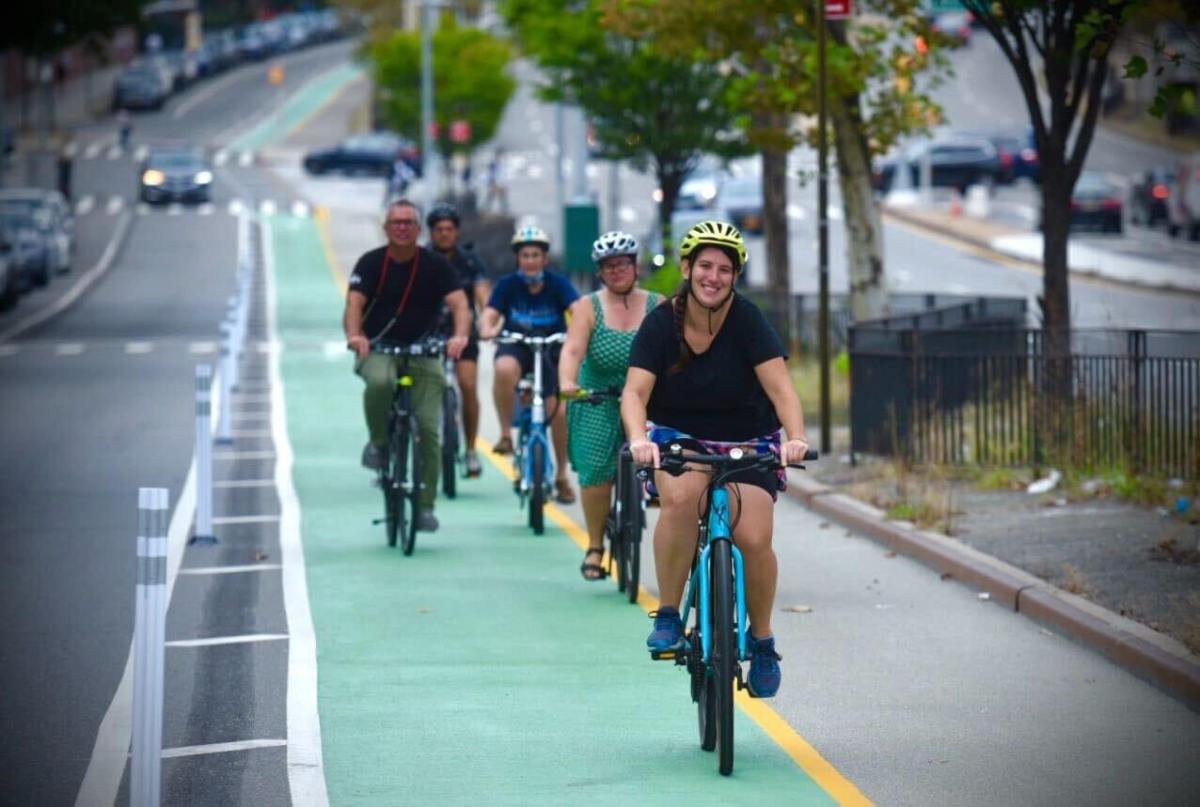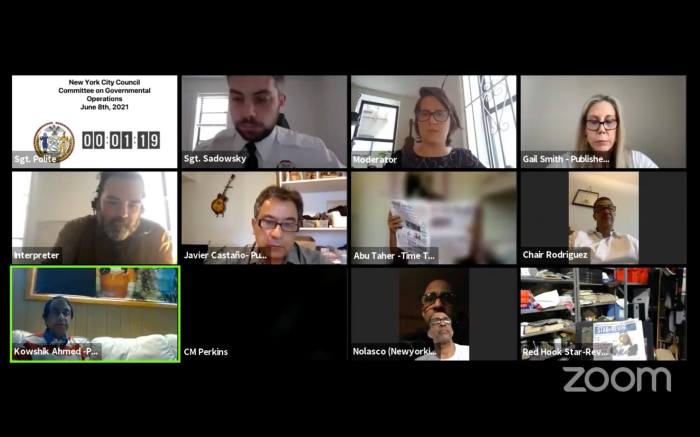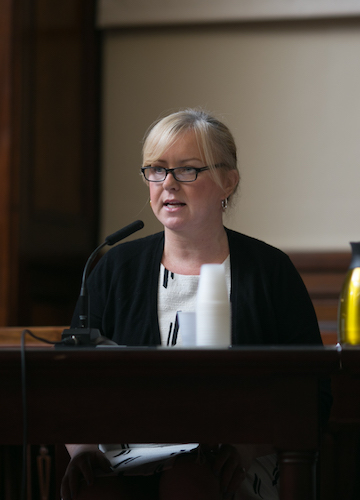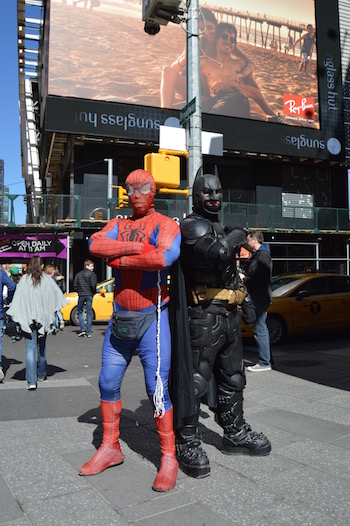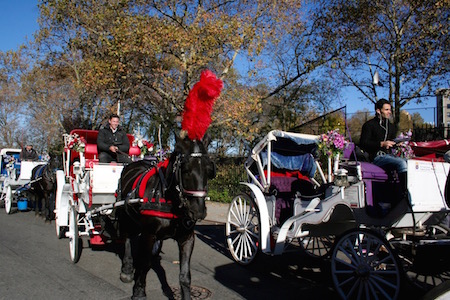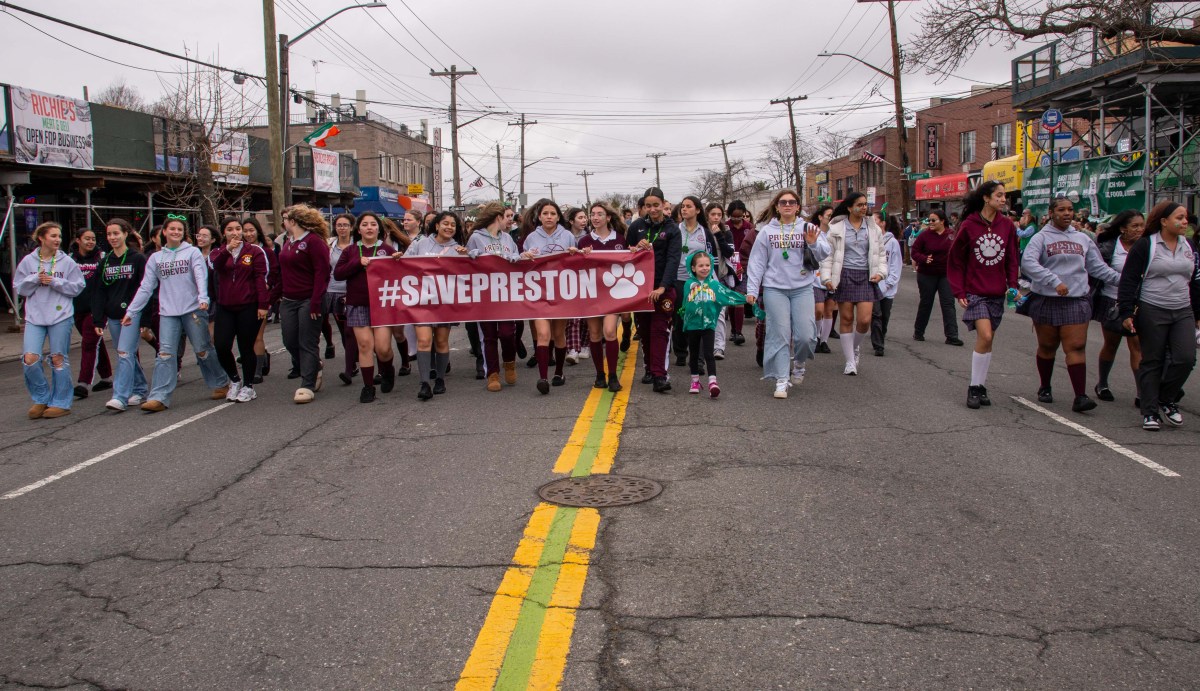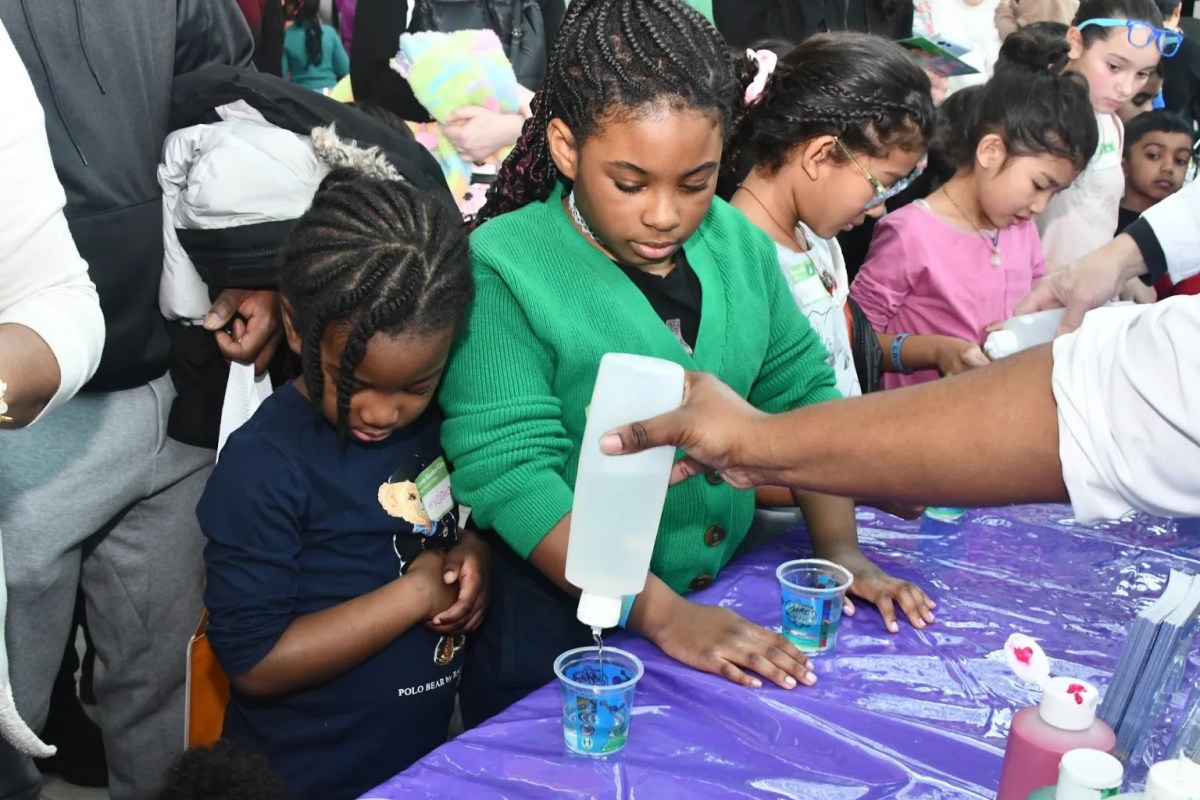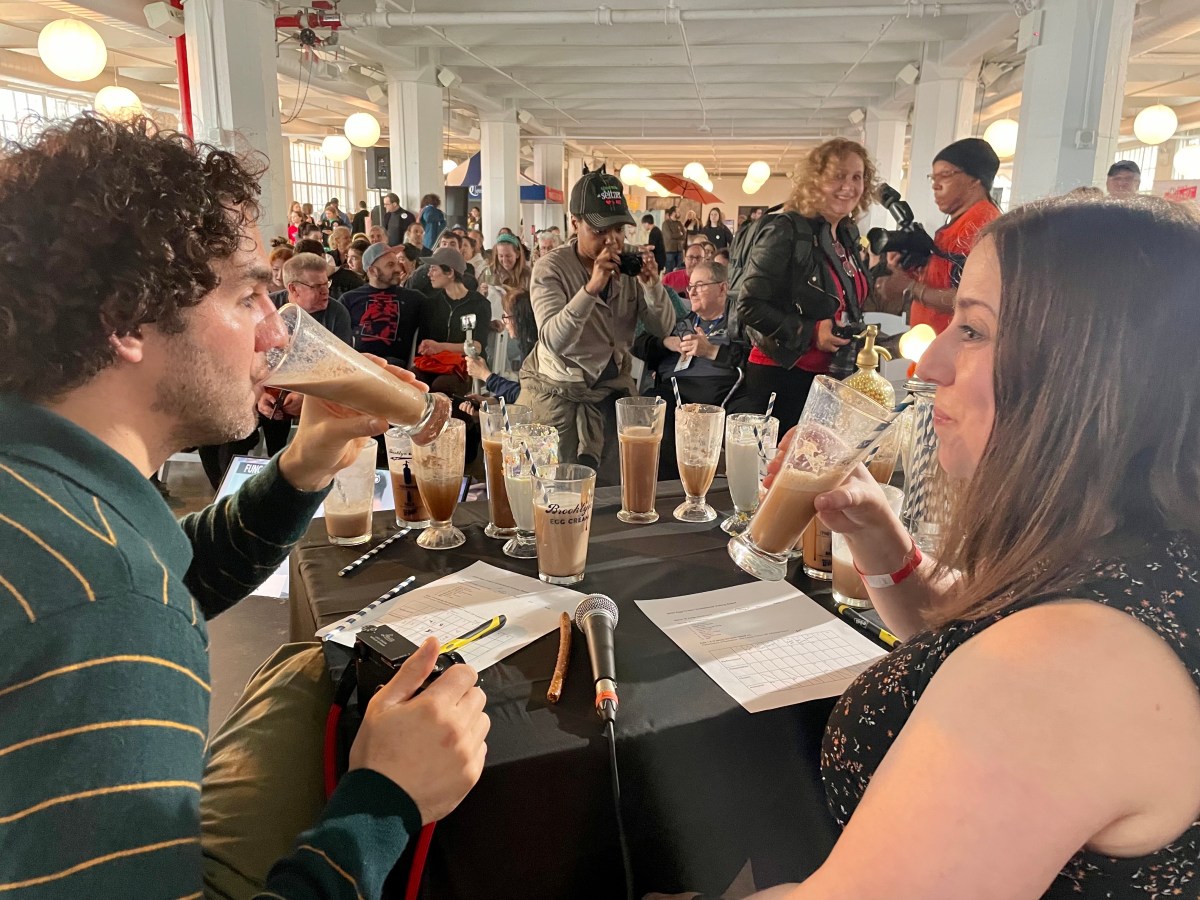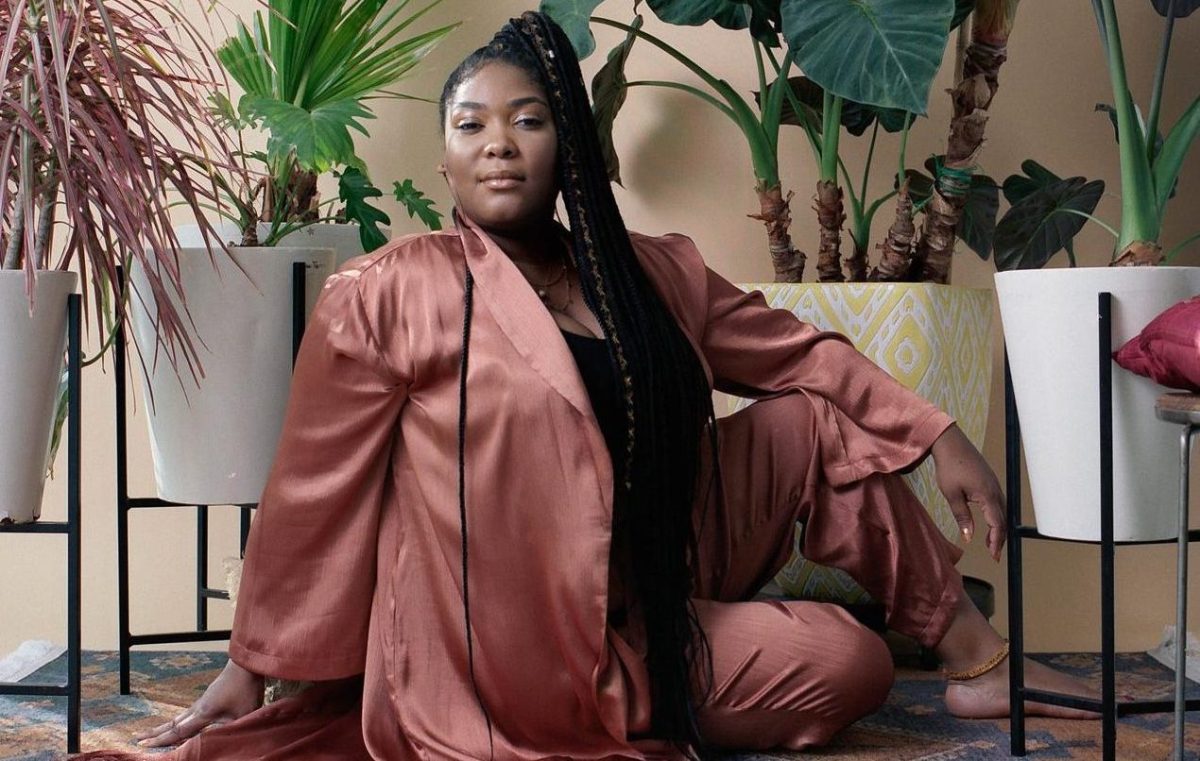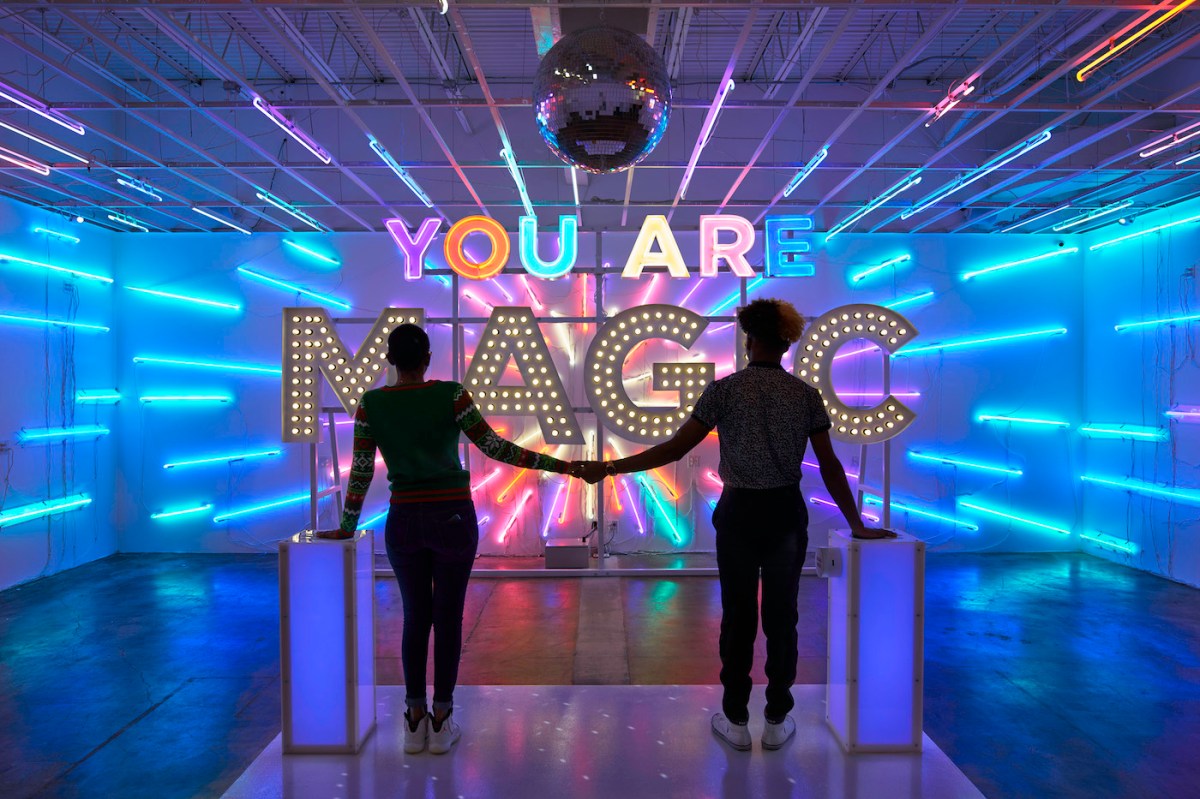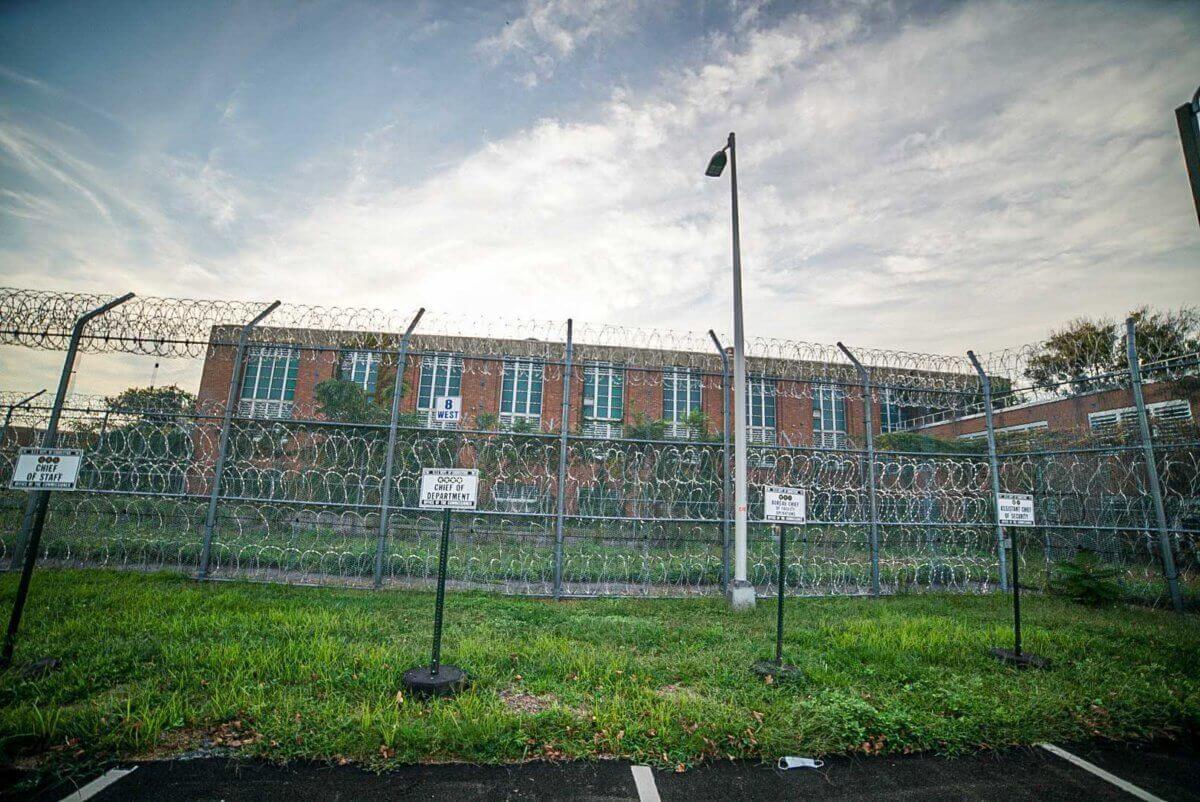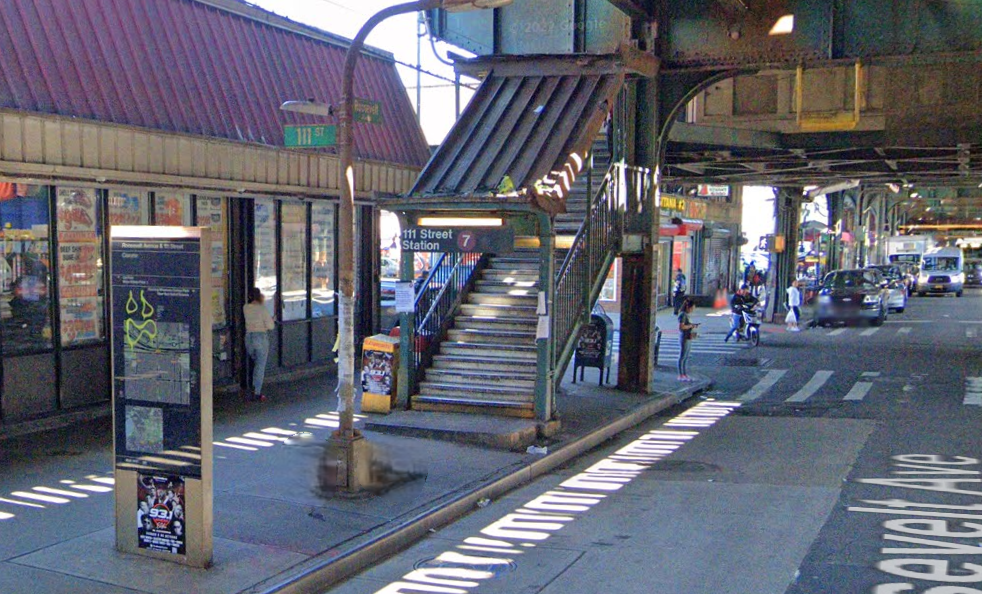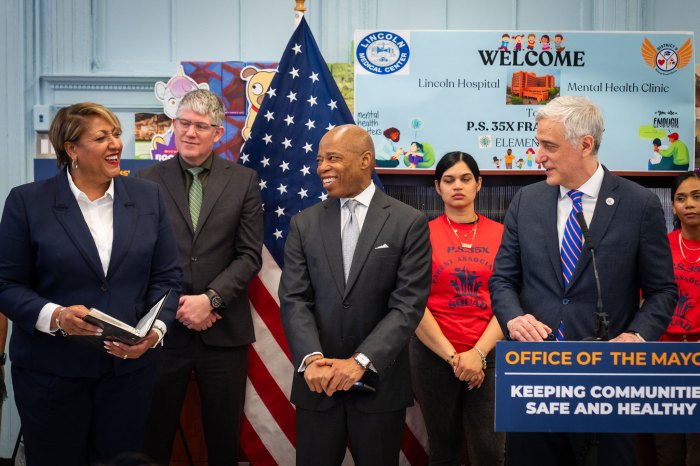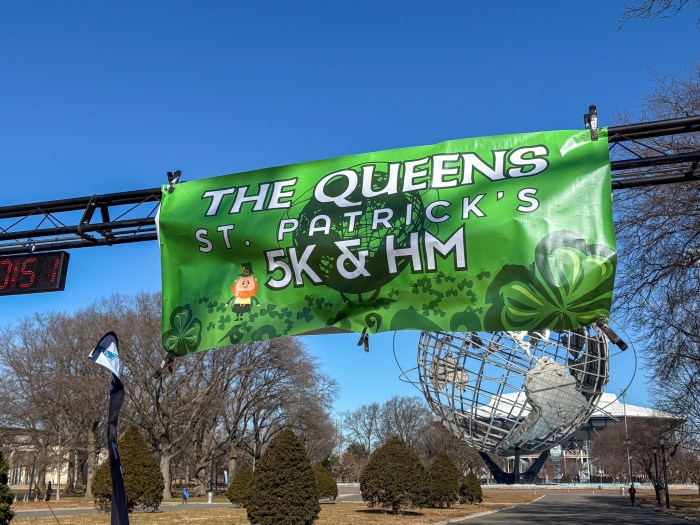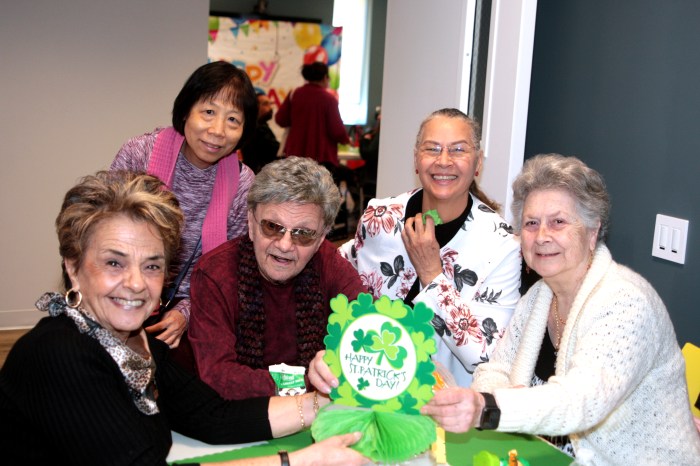The Adams administration said Sunday that it has met a goal to make safety improvements at 1,000 dangerous intersections across the Five Boroughs this year (and then some).
Mayor Eric Adams said in January, just weeks into his tenure, that the city would seek to make 1,000 intersections safer in the five boroughs within a year after 272 people died in traffic crashes in 2021, a record in the Vision Zero era. The mayor said intersections warranted the most attention as they are the site of the most incidents, with 50% of fatalities and 70% of injuries recorded in one.
Now, using its “full street safety toolkit,” the Department of Transportation says it has made improvements to 1,200 intersections so far this year. That includes everything from major street redesigns to the installation of traffic-calming infrastructure to keep pedestrians and cyclists safe from drivers.
The administration also established a new goal of improving 1,400 total intersections by the end of 2022.
“Our streets are different from today, it’s not only a car-centered environment. We have everything from bicyclists, walkers, our senior population, those who are living with disabilities,” Hizzoner said at an Oct. 30 press conference in Midtown. “How we use these streets are really going to determine how we’re defined as a city. Traffic safety is public safety.”
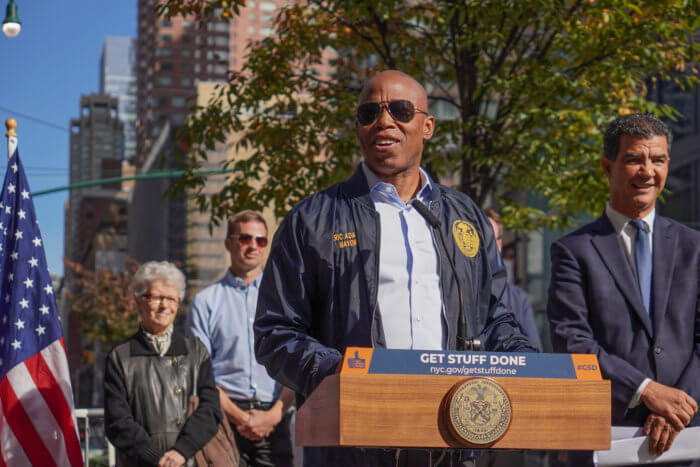
The announcement was made at one of the administration’s crown jewels from this year: a redesign of Eighth Avenue in Midtown. Between 43rd and 51st streets, Eighth Avenue now has one fewer travel lane for motor vehicles, replaced by a painted curb extension, while the bike lane has been moved further into the street and protected by bollards. That work this summer followed earlier work on Eighth between 31st and 42nd streets.
“People aren’t gonna want to be here if the streets are dangerous, if the intersections are dangerous, if each avenue is a four-lane highway,” said Manhattan City Council Member Erik Bottcher. “So look up and down Eighth Avenue, we’ve got room for pedestrians, cyclists, and cars. It’s a much more pleasant corridor.”
Approximately 313 intersections have been redesigned, either outfitted with turn-calming infrastructure or as part of a complete street redesign, said DOT Commissioner Ydanis Rodriguez.
Besides Eighth Avenue, major redesigns have been completed all over the city: new protected bike lanes now run along Schermerhorn Street in Downtown Brooklyn, White Plains Road in Wakefield, the Bronx, and 149th Street in Whitestone, Queens. Meanwhile, “road diets” have been installed to calm traffic on high-speed motorways like Hylan Boulevard on Staten Island’s South Shore and Riverdale Avenue in the Bronx.

Not all of the intersection improvements came from full-scale redesigns, though. More than 500 intersections were outfitted with “leading pedestrian intervals,” wherein signal timing allows pedestrians to cross the road before cars. Much of that work was seen in Brooklyn, with 5th Avenue, Bedford Avenue, Avenue U, and Fort Hamilton Parkway all getting the treatment along much of their corridors.
The city has added all-way stop signs at 340 intersections in 2022, which Rodriguez said is a record for a single year. DOT has also installed infrastructure to slow turning vehicles at another 100 crossroads. The agency is further behind in goals to install bike corrals and raised crosswalks, having implemented 32 corrals and 40 crosswalks out of an intended 100 each.
As of Sept. 30, 187 people had died in traffic collisions on city streets this year, according to Vision Zero View; more than 37,000 have been injured. The deaths include 88 pedestrians, the administration says.
Rodriguez has previously said that the city should be moving towards a “car-free future” where New Yorkers ditch automobiles owing to massively improved pedestrian, cycling, and mass transit infrastructure. The mayor endorsed that vision Sunday.
“I love that concept and there’s a way to do it,” he said. “I think that you’re going to see an evolution of how these cities operate.”
